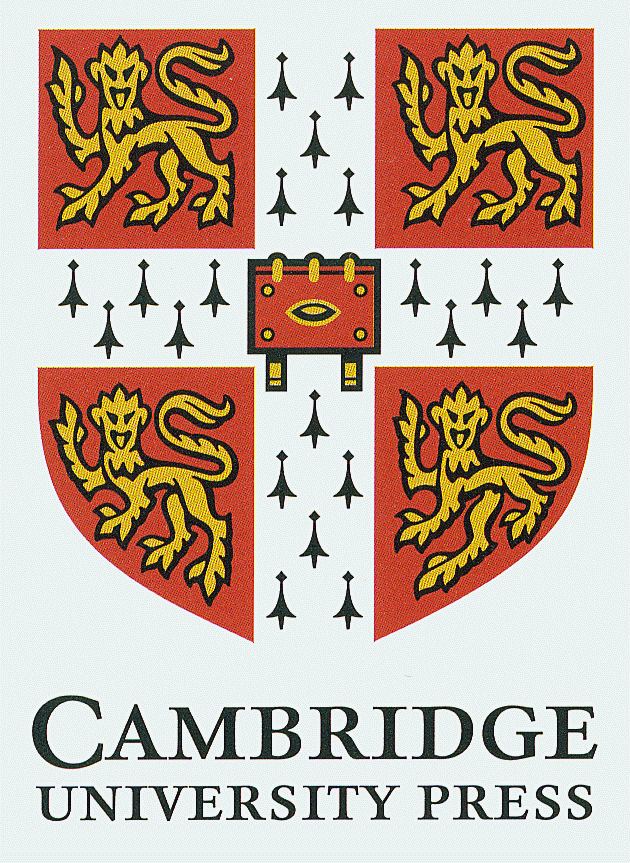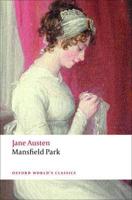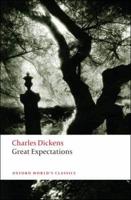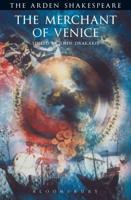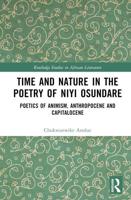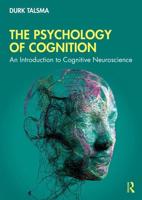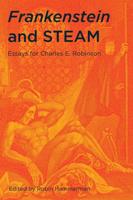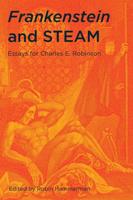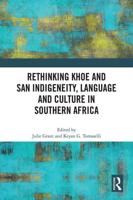Publisher's Synopsis
The nineteenth-century antivivisection movement was supported by a striking number of poets, authors, and playwrights who attended meetings, signed petitions, contributed funds, and lent their pens to the cause. Yet live animal experimentation also permeated the Victorian imagination and shaped British literary culture in ways that the movement against it did not anticipate and could not entirely control. This is the first sustained literary-critical study of the topic. It traces responses to the practice through an extensive corpus of canonical, popular, and ephemeral texts including newspapers, scientific books, and government documents. Asha Hornsby sheds light on the complex entanglement of art and science at the fin-de-siècle and explores how the representational and aesthetic preoccupations opened up by vivisection debates often sat uneasily alongside a socio-political commitment to animal protection. Despite efforts to present writing and vivisecting as rivalrous activities, author and experimenter, pen and scalpel, often resembled each other.

